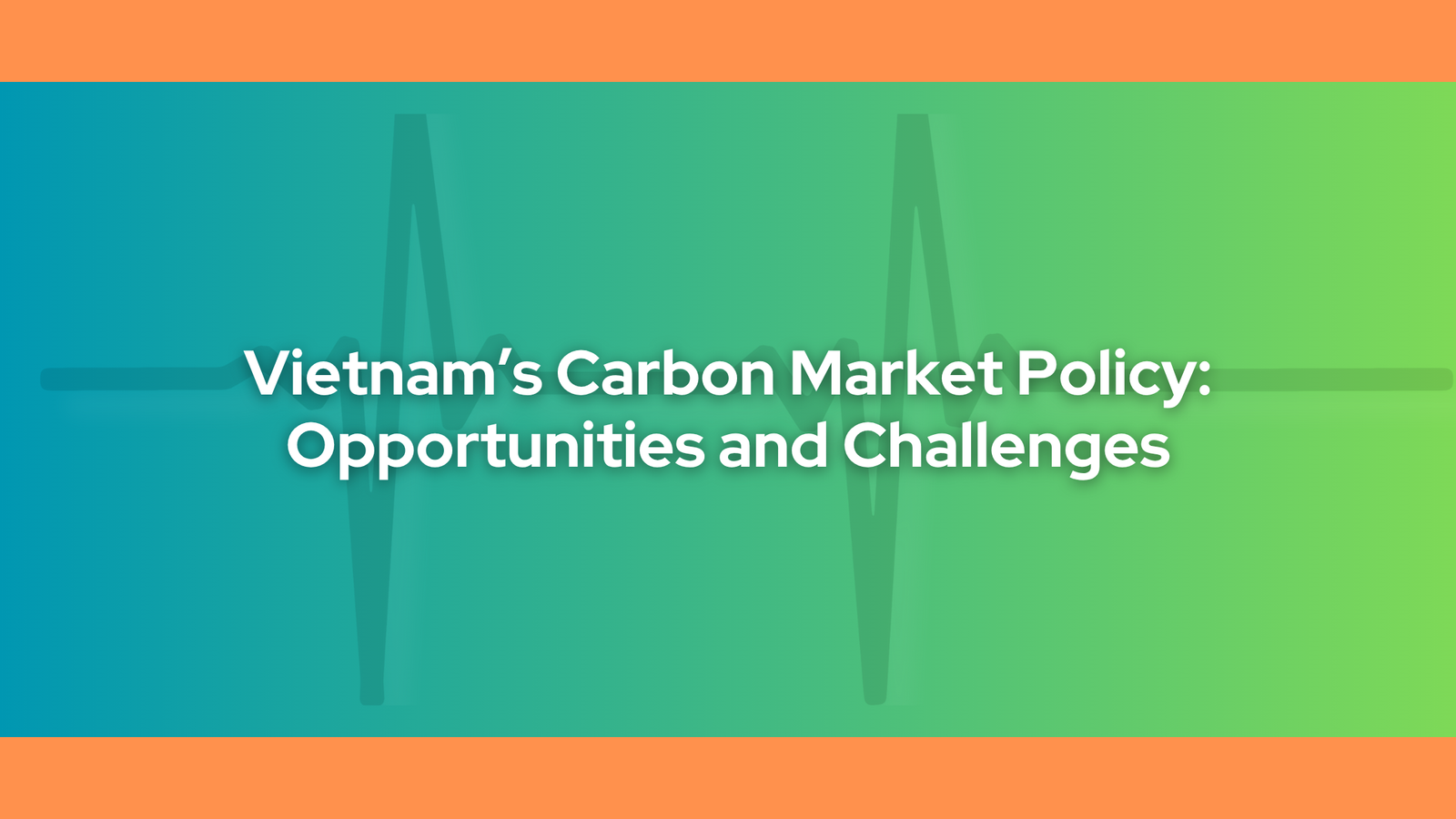
As one of the most vulnerable countries to the effects of climate change, Vietnam is on a mission to achieve its net-zero emission goals by 2050. To underscore its dedication, the country’s prime minister approved Decision 232, advancing Vietnam’s carbon market policy. With this initiative, the country plans to establish a carbon credit trading system starting in 2025.
According to the International Energy Agency, Vietnam ranked seventh in the Asia Pacific region in terms of CO2 emissions in 2022. Vietnam also heavily relies on coal for energy, with 73% of total emissions coming from fuel combustion. Electricity and other heat producers are accountable for almost half of the CO2 emissions in the country, among other industries.
Although the policy aims to assist businesses in lowering emissions and luring investment, obstacles like energy scarcity, unclear policy, and investor apprehension may impede advancement. However, if implemented successfully, the carbon market might boost global competitiveness, open up new revenue streams for companies, and offer cost-saving opportunities.

Vietnam’s carbon market policy can bring significant opportunities for a range of market players, including companies, financial institutions, project developers, and sectors. This carbon market allows sustainable initiatives to earn and sell carbon credits. The system generates new funding for reforestation, sustainable agriculture, and forest conservation. Rural communities gain from carbon market incentives that promote agroforestry, reforestation, and wetland restoration. Landowners and farmers can generate revenue by participating in carbon offset schemes.
With this, businesses that exceed emission limits might lower their compliance expenses by buying carbon credits from those with extra allowances. It can also help in incentivizing innovation. Companies that are investing in energy efficiency and sustainable technologies can increase competitiveness and reduce operating costs.
Engaging in the carbon market can improve environmental credentials and draw in global customers seeking supply chains with low carbon emissions. This policy can also provide revenue streams to producers of sustainable energy. They can generate additional profit and encourage further investment in clean energy by selling carbon credits to high-emission businesses.

However, the policy does come with challenges. Since it is still in its early stages, companies might still encounter uncertainty. Additionally, carbon pricing may lead to increased operational costs for sectors such as coal, steel, and cement; noncompliance may result in penalties or trade restrictions.
Additionally, changes in legislation, economic conditions, or supply-demand mismatches can all impact carbon prices, which can impact how appealing investments in emissions reduction are. Lastly, trading carbon credits effectively might be difficult in a new market due to low trading volumes.
The building of a carbon-credit offset exchange system and the legal framework for trading carbon credits and emissions quotas will begin before June 2025 (the preparatory phase). Additionally, the infrastructure required for the setup and functioning of the carbon credit market will be developed. A pilot domestic carbon exchange will be introduced between June 2025 and the end of December 2028, subject to further legal adjustments. Officially, the carbon market will be fully operating starting in 2029.
The system’s development and management will be led by the Ministry of Natural Resources and Environment (MONRE), working with the necessary authorities. In the meantime, creating and running a local carbon exchange has been assigned to the Hanoi Stock Exchange (HNX) by the government.